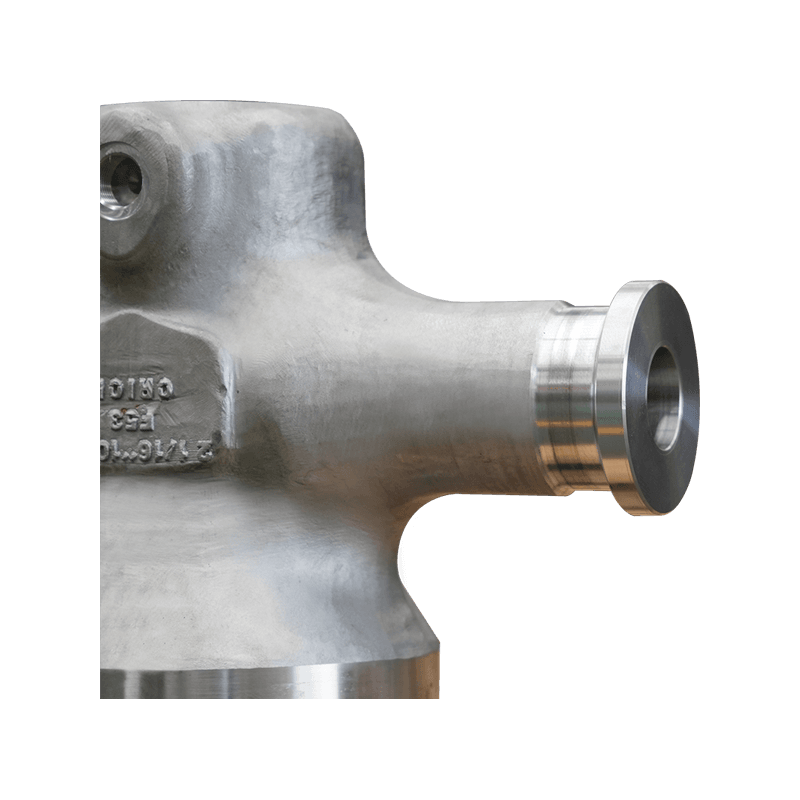Ball valves are essential components in many industrial systems, but like any mechanical device, they require regular maintenance to ensure they function properly over time. Proper care and attention to the individual parts of a ball valve can help extend its lifespan and prevent costly downtime.
The Importance of Regular Inspection
Visual Inspections
A visual inspection is one of the most straightforward yet effective ways to check the condition of ball valve parts. Look for signs of wear, corrosion, or damage to the body, ball, seat, and stem. If you notice any visible cracks, discoloration, or material degradation, it may be time to replace or repair the affected parts.
Check for Leaks
One of the most common issues with ball valves is leakage. Over time, seals and O-rings can degrade, causing leaks around the stem, body, or ball. Leaks are often a sign that the seat is worn or that the seals have lost their integrity. Regularly check for leaks by performing pressure tests or visually inspecting the valve during operation.
Best Practices for Ball Valve Part Maintenance
Lubrication of Moving Parts
The stem and actuator are the moving parts of a ball valve that require lubrication to ensure smooth operation. Regularly lubricate the stem and actuator mechanism with appropriate grease or oil to reduce friction and prevent wear. Be sure to use lubricants that are compatible with the materials of the ball valve and the fluids being controlled.

Cleaning the Valve
Cleaning is an essential part of maintenance. Over time, dirt, debris, and sediment can build up inside the valve, affecting its performance. Disassemble the valve and clean the parts thoroughly with a non-abrasive cleaner. Ensure that the ball, seats, seals, and stem are free from any debris or contaminants that could affect their operation.
Seat and Seal Replacement
Seats and seals are critical for ensuring the valve’s leak-proof operation. Regularly inspect these parts for wear and replace them if necessary. If the valve is exposed to harsh chemicals, high temperatures, or high-pressure environments, the seals may degrade more quickly, requiring more frequent replacements.
Stem and Actuator Checks
The stem and actuator should be checked regularly for signs of damage or wear. Ensure that the actuator is functioning properly and can generate sufficient torque to move the ball. If the stem becomes misaligned or worn, it may not operate correctly, leading to incomplete closure or failure to open the valve.

 English
English русский
русский
